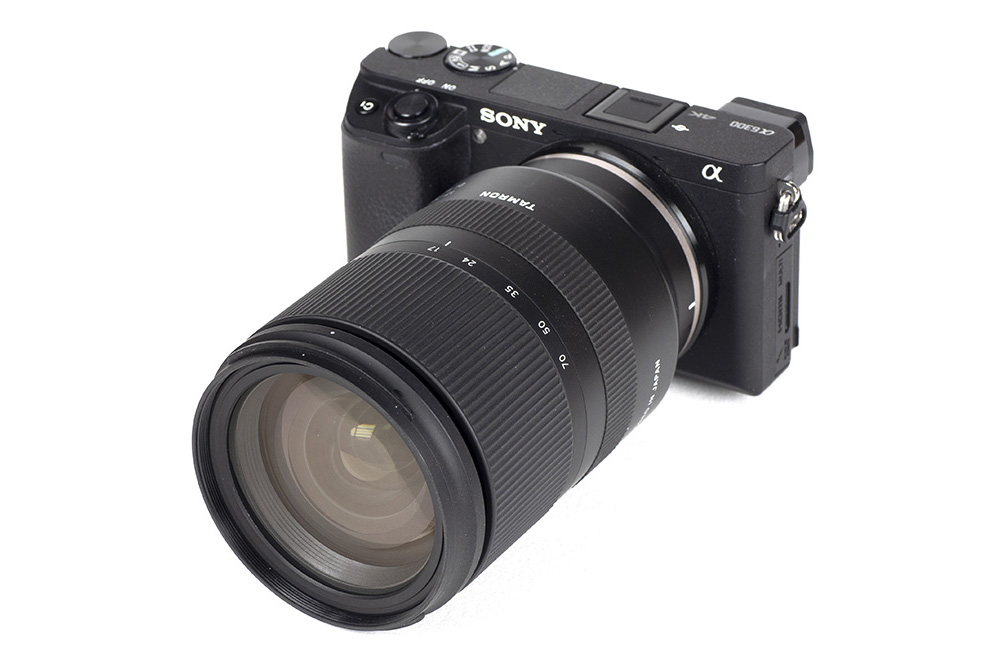Review by Klaus Schroiff, published May 2023
Introduction
Most of us start photography with an affordable camera kit. This will be sufficient for a while, but eventually, you want to up your game and move towards faster lenses. You can, of course, add some prime lenses, but most will probably upgrade their standard zoom lens first. If you stick to the OEM manufacturer, this can get pretty expensive, but there’s also a nice middle ground occupied by third-party manufacturers. And one of the APS-C format alternatives in Sony-E mount (and Fujifilm X-mount) is the Tamron 17-70mm f/2.8 Di III-A VC VXD … quite a mouthful of a name. Compared to Sony’s 16-55mm f/2.8 G (or the Fujinon XF 16-55mm f/2.8), it’s available for almost half the price at around 700 USD/EUR. And while it sacrifices a millimeter at the wide end, it offers some more reach. Unlike the Sony/Fujifilm lenses, it adds an image stabilizer to the package making it especially attractive for users with cameras without IBIS. In terms of paper specs, this sounds like a winner, isn’t it? Let’s see …
The first contact with this lens may produce a mild shock to some. While it can hardly be called a brick, it is a comparatively long lens, as you may already have concluded from the product image above. This isn’t all that surprising because a longer tele range will usually translate to a longer lens as well. The build quality is an aspect where some cost-cutting is quite obvious. There is nothing wrong with a plastic lens body per se, but in this case, it feels a bit cheap. That’s subjective, of course, but if you are coming from the good stuff, you may not be overly impressed. Still, it’s surely capable of taking some abuse, and the moisture-resistant construction helps against the elements. A fluorine coating on the front element also repels dust and water. The zoom and focus ring operate smoothly. The positioning of the focus ring near the mount is a bit unfortunate. During the field sessions and with activated DMF (Direct-Manual-Focus), I often touched the focus ring – because it’s inevitable in this position – annoyingly switching the camera into magnified focus mode. The more conventional positioning at the front of the lens would have prevented this issue. As usual, the lens extends quite a bit when zooming toward the long end of the range. An almost curious design choice is the lack of any switches on the lens. You have to use the camera’s menu system to switch on/off the AF and image stabilizer – probably not a showstopper for most users. A petal-shaped lens hood is provided.

Note: The lens suffered from zoom creeping, and with the attached hood, it didn’t hold its zoom position at 70mm in the product image above.
The “RXD” in the lens stands for “Rapid eXtra-silent stepping Drive”. While this may be silly to read, it is actually a good thing. The AF is both very fast and operates silently. Manual focusing works “by-wire” so you will trigger the AF motor when trying the focus ring. As mentioned, the lens features an image stabilizer (VC=Vibration Control) which is good enough for about 5 f-stops depending on your coffee intake.
| Specifications | |
|---|---|
| Optical construction | 16 elements in 12 groups, inc. 3x aspherical, 2xLD elements |
| Number of aperture blades | 9 (rounded) |
| Equiv Full Format | “26-106mmmm f/4.2” |
| Image Stabilizer | 5 f-stops gain |
| min. focus distance | 0.19-0.39m (max magnification: 1:4.8) |
| Dimensions | Ø74.6mm×119.3mm |
| Weight | 525g |
| Filter size | 67mm |
| Hood | petal-shaped (bayonet mount, supplied) |
| Other features | image stabilizer, moisture-resistant, fluorine coating |
Distortion
Image auto-correction is the de-facto standard today. Activated, the distortions are negligible.
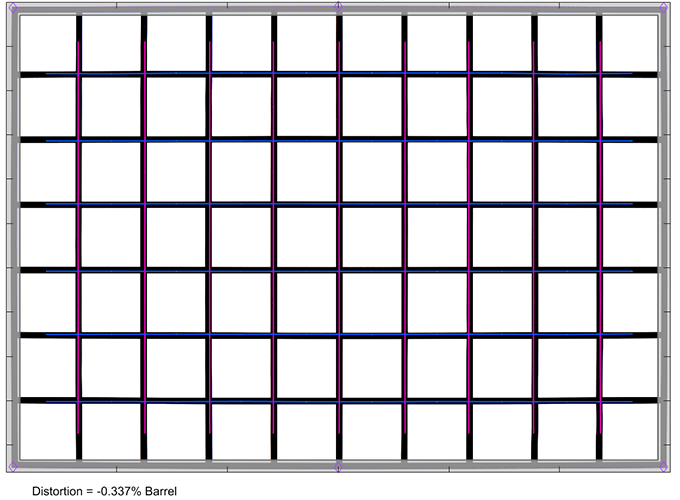

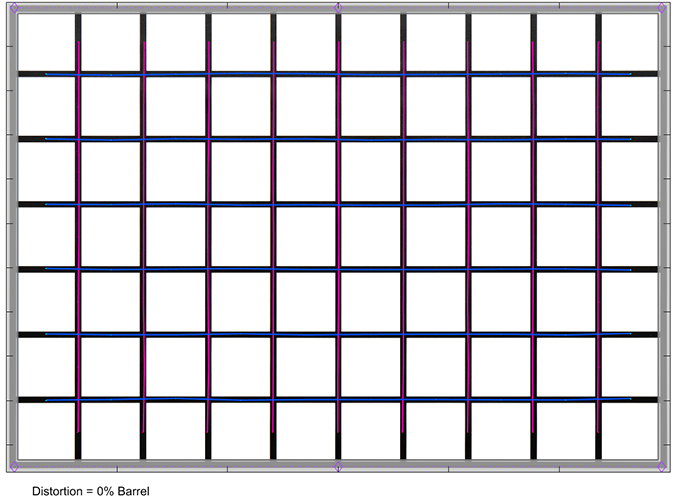
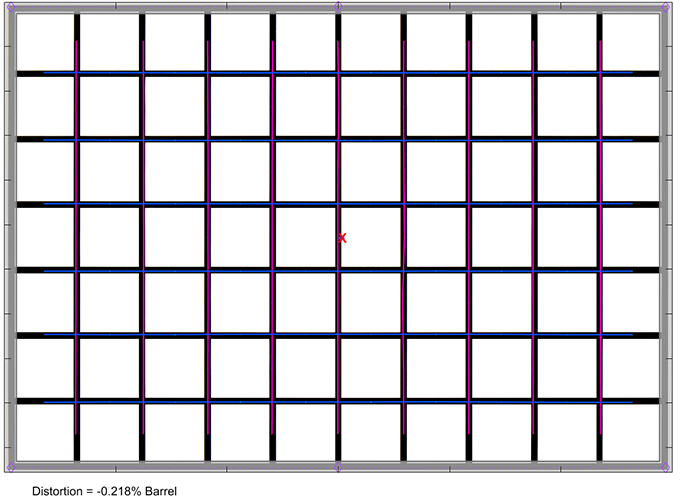
When looking a bit behind the scene, the Tamron lens produces a fairly strong barrel distortion at 17mm switching to medium distortions from the middle range up to 70mm. In the grand scheme of things, this is still moderate compared to some other standard zoom lenses that we tested.

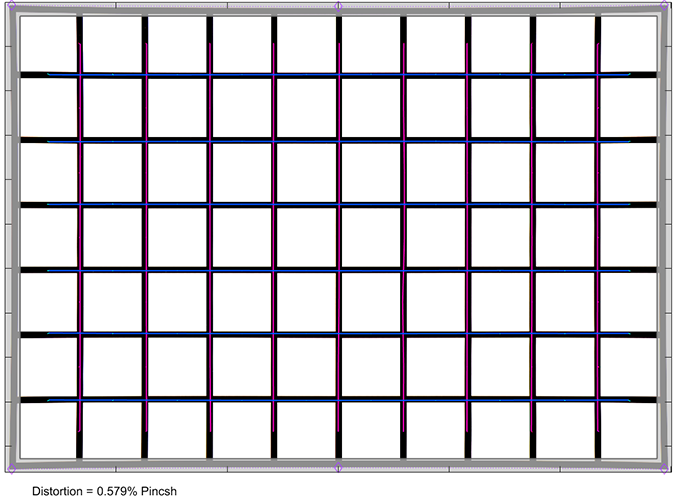
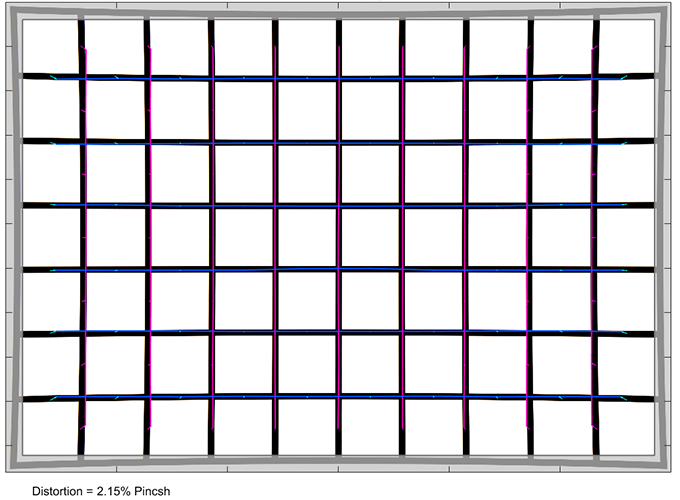
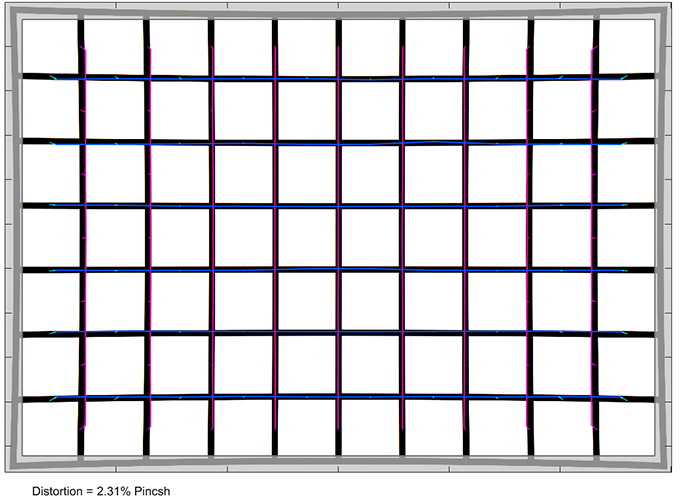
Vignetting
In standard shooting mode (auto-correction activated), the vignetting is moderately high at f/2.8 and not overly relevant anymore from f/5.6 onward.
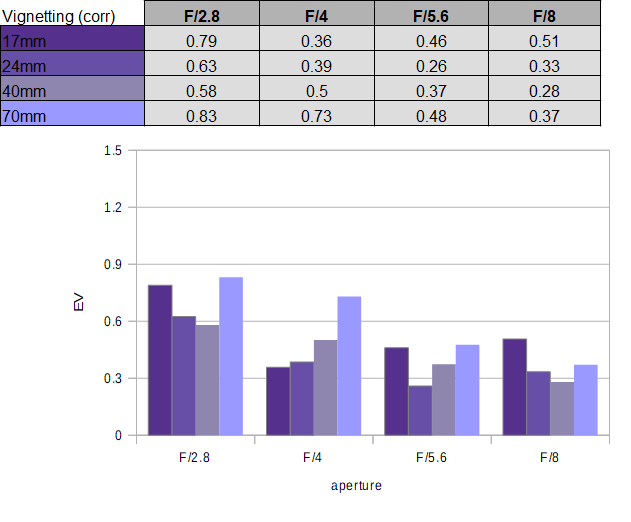
The RAW vignetting reveals that there’s quite a bit of correction necessary, especially at the extreme ends of the zoom range. While a light falloff of more than 2 EV (f-stops) wouldn’t be all the unusual if it was a full format lens, it’s off our charts in the APS-C scope. Keep in mind that vignetting correction comes at the cost of increased image noise.

MTF
While you may not be all that impressed so far, this may change with respect to the resolution characteristic of the Tamron 17-70mm f/2.8 Di III-A VC RXD. It produces a very homogenous, high image quality across the zoom range and the relevant aperture range. The center quality is generally excellent between f/2.8 and f/5.6, and the outer image field is still very good, with just a little drop in quality at 70mm. Diffraction has an impact from f/8 but f/11 remains perfectly usable.
The field curvature is quite low. The centering quality of the tested sample was Ok.
Please note that the MTF results are not directly comparable across the different systems!
Below is a simplified summary of the formal findings. The chart shows line widths per picture height (LW/PH) which can be taken as a measure of sharpness. If you want to know more about the MTF50 figures, you may check out the corresponding Imatest Explanations.

Chromatic Aberrations (CAs)
Olateral CAs are usually auto-corrected, so you don’t have to worry in real life. When looking into the RAW results, the CAs are moderate, although they increase somewhat in the far corners. The average CA pixel width varies between 1-1.5px at the image borders.

Bokeh
If you followed the social media coverage about this lens, you might have noticed critical comments about the quality of the bokeh. We can confirm this to some degree, but you have to keep some context really – we are talking about a standard zoom lens here. There is no modern, standard zoom lens with a (near-)perfect bokeh out there. These lenses tend to have multiple aspherical elements, and it would be highly unusual if this didn’t have a negative impact on the out-of-focus rendering.
In the case of the Tamron lens, this is most obvious with out-of-focus highlights. The inner zone of the discs is very busy, and the disc edges are slightly outlined.

The circular shape of the highlights deteriorates somewhat towards the image borders. However, the effect is comparatively moderate on this lens, with a very broad zone with circular highlights. As usual, stopping down restores the corner discs to their circular shape.
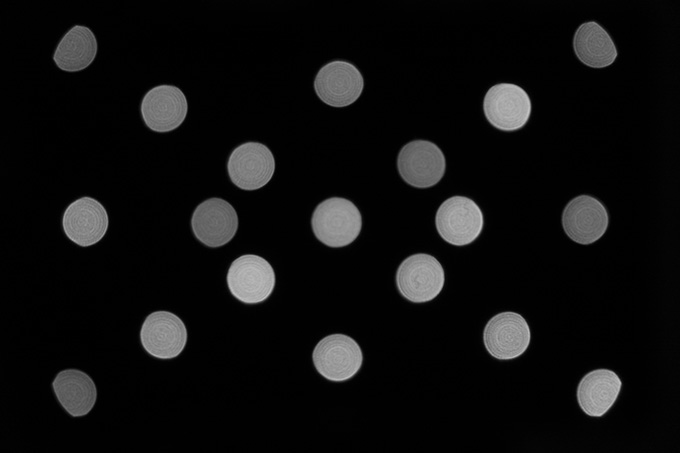
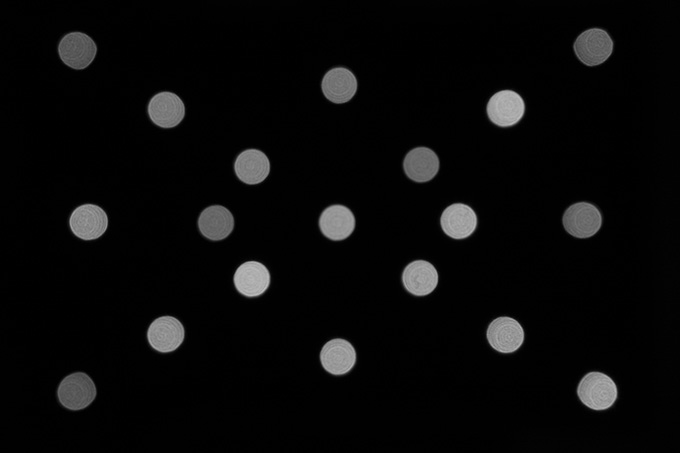

While the highlight discs may not be ideal, the rendering in the focus transition zones is actually pretty good.
The background blur is smooth and symmetrical, and even the foreground blur is pretty good.
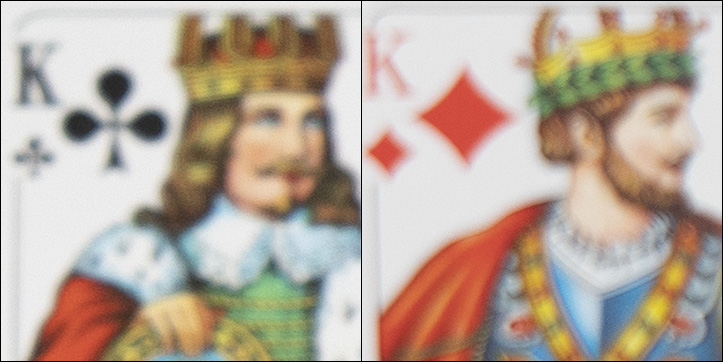
Bokeh Fringing / LoCA
Boheh fringing (also called LoCA) is an axial color fringing effect with purplish halos in front of the focus point and greenish beyond.
The Tamron lens isn’t an APO design so it exhibits some fringing at f/2.8. This is reduced at f/4 and traces remain at f/5.6.

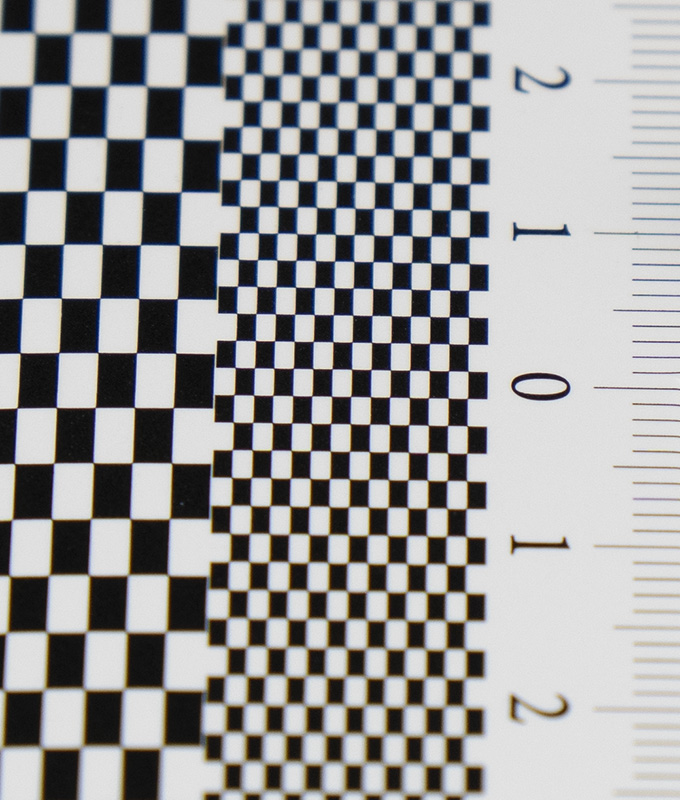
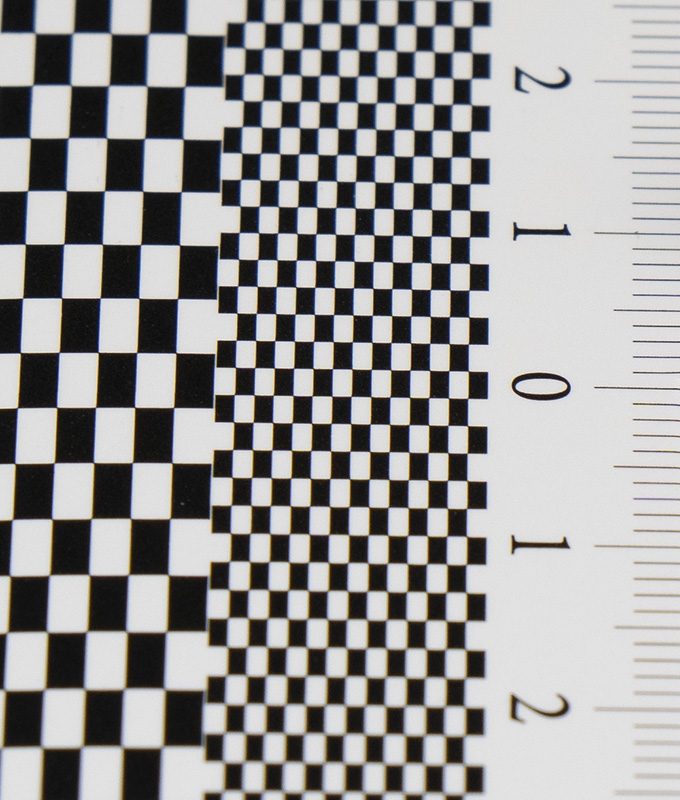
Sun Stars (Experimental)
Below is s sequence of 100% cropped images from 17mm f/2.8 all the way up to f/16 – illustrating the sun star behavior. Sun stars are an aperture effect that shows up if a bright light source is part of the scene (usually in night shots) – here, illustrated using an LED. The effect is barely present at f/2.8 – simply because the aperture is essentially circular. The first star rays appear at f/5.6, and they get increasingly pronounced the more you stop down. The rays are nicely pointy, as you may notice below.
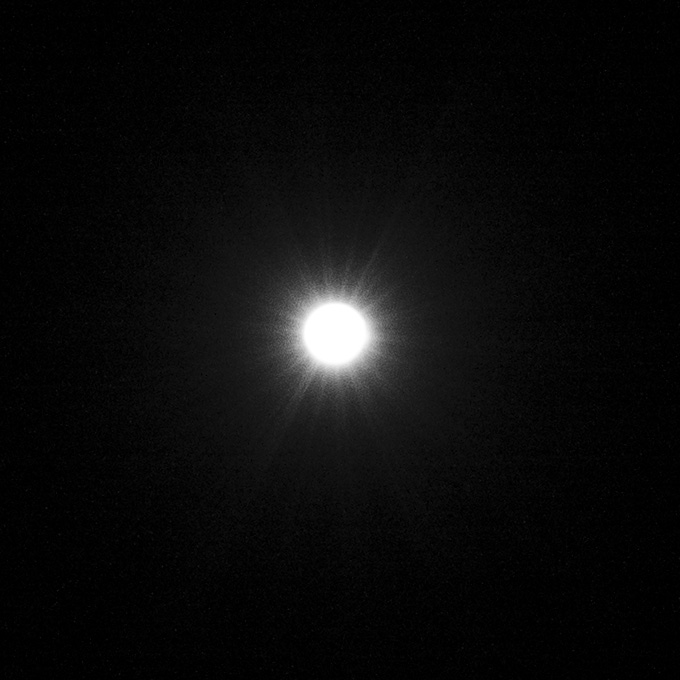
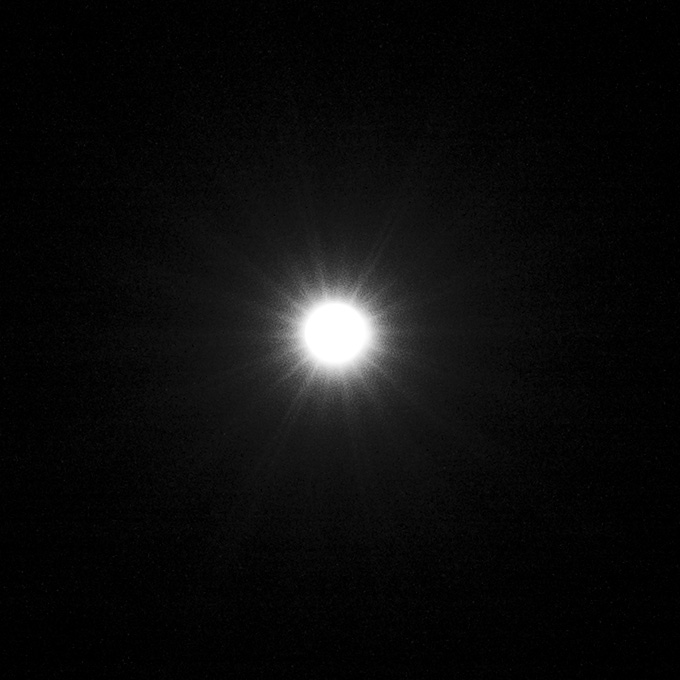
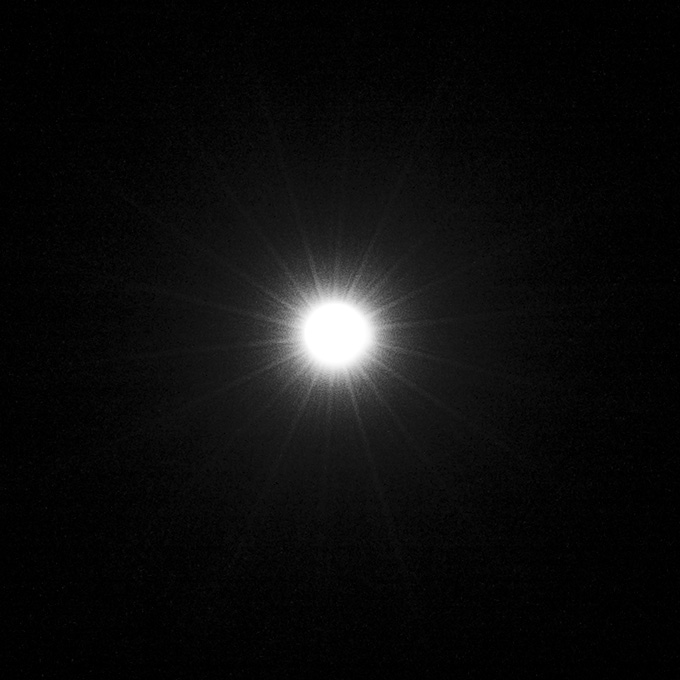

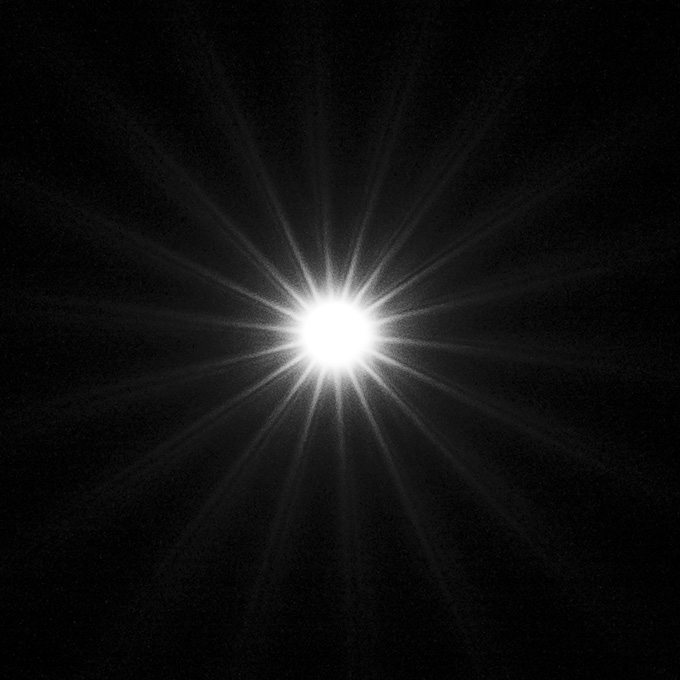

Flare
Flare artifacts are a fact of life for all lenses. It’s just a matter of how many are produced in scenes with strong light sources. Overall, Tamron did a relatively good job here. Below is a rather extreme scene shot taken into the sun (and yes, normally, you wouldn’t take this image, it’s for illustration only). You can notice some colored blobs and stripes in the circled area below. These rainbow colors are not ideal, whereas the low loss in overall contrast is good given the extreme light conditions.

Sample Images
Competition
TheTamron 17-70mm f/2.8 Di III-A VC RXD (shown to the left) has two primary competitors in E-mount (and X-mount). The most obvious one is the Sony E 16-55mm f/2.8G (center). Optically, there isn’t too much between them other than the slightly different range. However, the Sony lens has a better build quality – and it’s more expensive despite not having an image stabilizer. It’s more compact than the longish Tamron lens. Speaking of compactness – the Sigma 18-50mm f/2.8 DC DN Contemporary (shown to the left below) is clearly the king in this respect. This isn’t just magic. In part, it’s also a side effect of the shorter zoom range – but it’s still darn tiny. Build-quality-wise, it is more comparable to the Sony lens. Optically, it is also pretty good at 26 megapixels at least (we tested it in X-mount).
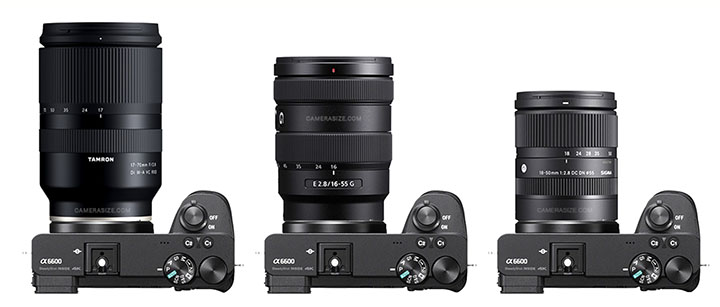
Visual comparison courtesy of camerasize.com.
The Tamron 17-70mm f/2.8 Di III-A VC RXD is a bit like Jekyll and Hyde - it's a curious mixture of good and bad things making your purchasing decision a bit more interesting than usual. On the positive side, there is, of course, the very high resolution, and that's straight from f/2.8. It is easily comparable to the best in class in this respect. 70mm may lack a little bit of contrast at f/2.8, though. Image distortions are quite normal for a modern zoom lens for mirrorless cameras - they are quite high at the extreme ends of the range without being excessive (unlike on the Sony E 16-55mm f/2.8 G at 16mm which is almost a fish-eye). Auto-correction will, of course, take care of fixing this. The amount of vignetting is very obvious in RAW files at 17mm f/2.8 and 70mm f/2.8, but, once again, auto-correction is giving a helping hand for this. The same goes for lateral CAs, which are slightly higher than average. The lens has been criticized for the quality of its bokeh, and we can see where this is coming from. Out-of-focus highlights are roughly rendered - but this isn't unheard of among standard zoom lenses. The bokeh in the focus transition zone is actually quite decent. You may spot the occasional colored ghosting when shooting into extreme light sources, but in more conventional scenes, you should be good.
While we are quite impressed by the optical performance (after auto-correction), the build quality isn't on the same level. This certainly "feels" like a consumer lens rather than targeting professional users. The plastic used for the lens body is a bit on the cheap side. Our sample also exhibited zoom creeping despite having a fairly lightweight inner lens tube. Tamron also omitted the usual switches for AF and image stabilizer, which is something you'd normally expect in a mid-level offering. The high AF speed and the efficient image stabilizer are on the plus side again.
If your only desire is high image quality, the Tamron 17-70mm f/2.8 Di III-A VC RXD is probably a winner. If you enjoy having tank-like build quality, you should look elsewhere, though.
-
Optical Quality
-
Build Quality
-
Price/Performance


